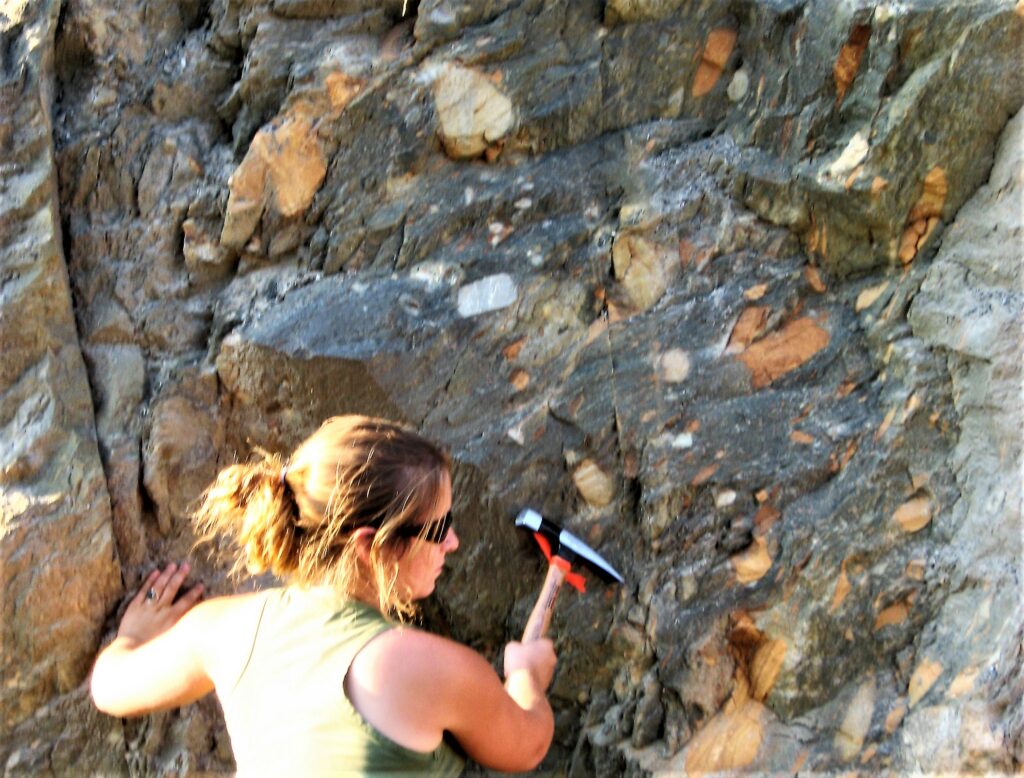Chapter 3 Climate Changes in Earth’s Past
Learning Objectives
- Describe how the output of the sun has changed over geological time and explain why the Earth’s climate has remained generally consistent, in spite of that change,
- Provide some examples of how changes in the positions of continents that result from plate tectonics have resulted in climate changes in the past,
- Explain how formation of mountain ranges can affect the climate over a period of tens of millions of years,
- Summarize the climate effects of volcanic eruptions on both short and long time scales,
- Describe the ways in which the Earth’s orbit and tilt change over time, and explain how those variations affect the Earth’s climate,
- Explain how past changes in ocean currents have changed the Earth’s climate, and
- Describe some of the ways that impacts of large extraterrestrial objects can affect the Earth’s climate, and why we should be on the lookout for such objects.
We are in the midst of a period of significant human-caused (anthropogenic) climate change that has no parallel in Earth history. It is not an exaggeration to call this the key issue of our time and an existential threat. Climate-change is an underlying theme in this book for that reason, and its significance will be considered in virtually every chapter. Although anthropogenic climate change is real and serious, the Earth’s climate has changed significantly in the past—through natural processes. Those who wish to understand anthropogenic climate change need to be aware of natural climate-changing mechanisms, how they worked in past, and whether or not they might be affecting our climate now on a human time scale. These natural processes include solar change, evolution and lifestyles of organisms, continental movements, mountain building, volcanism, variations in the Earth’s orbit and collisions with extra-terrestrial objects.
The geological record is what allows us to detect climate changes that have happened in the past. An example of that is the late Proterozoic Toby Formation, in southeastern British Columbia, which is a fine-grained marine rock (mudstone) with numerous large angular clasts of limestone and quartz (Figure 3.0.1). The mud was deposited in the quiet water of a continental slope environment, and the large clasts were dropped from floating ice derived from glaciers on Laurentia (proto North America) during the Snowball Earth period.

Media Attribution
- Figure 3.0.1 Steven Earle, CC BY 4.0

